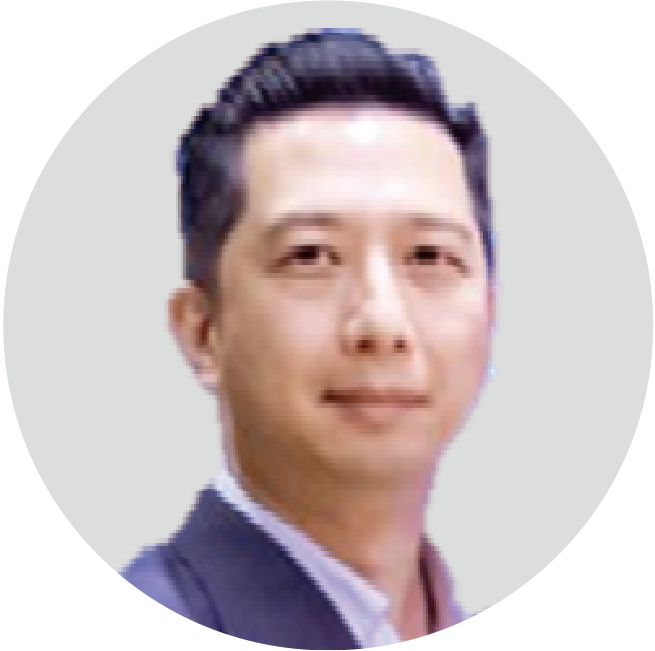學歷
- Study 2013-2015 In-service Master Program of Industrial Economics, National Central University
- Study 2003-2005 National Untied University
- Study 1998-1999 Junior College, National Untied College
經歷
- DAS 2015 – today Sales Manager
- Pfeiffer 2005 – 2015 Marketing & Technical Supporting Manager
- TSMC 2000 – 2005 Equipment Engineer at 300mm Fab
講題: Combined waste gas and wastewater treatment for high-tech manufacturers
演講摘要
-Chemical-physical treatment systems for arsenic, fluoride and phosphorus removal
-Biological treatment for organic substances, such as IPA
演講摘要
- DAS observes an increasing interest in point of use (PoU) water systems in the semiconductor industry. The motivation to consider PoU water systems are (i) limiting the need for adjusting fab infrastructure – e.g. for treatment of PoU gas abatement wastewater, expansion of production, introduction of new manufacturing materials – and (ii) mitigate issues that can occur during transportation through pipes, such as precipitation and biofilm growth. DAS provides PoU solutions in three categories:
-Chemical-physical treatment systems for arsenic, fluoride and phosphorus removal
-Biological treatment for organic substances, such as IPA
- A main challenge when designing PoU systems is implementing optimal treatment technologies in a compact and for the industry specific environment tailored system. In a unique way, this has been realized with DAS’ PoU biological treatment system which has been set-up and tested in a semiconductor sub-fab. For the installation in the sub-fab, footprint and safety standards (e.g. SEMI S2 certification) were main design considerations.
- The DAS biological PoU system is based on the MBBR (Moving Bed Biofilm Reactor) technology where mircroorganisms grow in a biofilm on carrier material, immersed in an aerated and mixed reactor. A high specific area of the carrier material allows reducing the footprint. Because the microorganisms, which degrade the contaminants of interest, live in a biofilm, the process stability is high and solids production is low compared to other biological treatment technologies.
- The installation of the DAS biological PoU system in a semiconductor sub-fab was concluded in 2019. The system was installed as a post treatment for the DAS SALIX PoU water scrubber. The scrubber removes fluoride and ammonia before sending the off gas to the central VOC exhaust. However, not only the ammonia and the fluoride enter the water phase, but also IPA. The PoU biological treatment degrades the IPA in the wastewater before it is sent to the central fluoride wastewater treatment facility.
- The testing phase of the DAS biological PoU treatment system has been very successful. The design capacity of 2X 2500 g/d of COD has been validated in the field. The system can either be operated in redundant mode of operation, degrading 2500 g/d of COD, or in TWICE mode, degrading up to 5000 g/d of COD. The hydraulic loading to date ranges between 240 L/d and 7200 L/d. In literature, the IPA removal in biological systems is commonly reported to be around 95 %. IPA selective analysis (i.e. gas chromatography) revealed an IPA removal below the detection limit of 1 mg/L after treatment with the DAS system. With that, the extent of removal was greater than 99.6 %. For phases without incoming IPA, a procedure has been developed in the field that allows a stand-by mode with periodic feeding very 4 weeks to keep the biology ready for production conditions.
